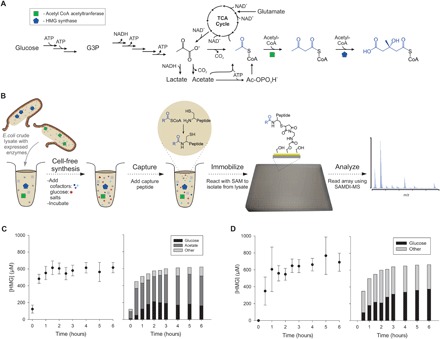Fig. 2. A cell-free metabolic pathway from glucose to isoprenoid intermediate HMG-CoA.

(A) Cellular overexpression of Ac-CoA acetyltransferase and HMG-CoA synthase and subsequent lysis produces enzyme-enriched lysates, which can convert glucose to HMG-CoA, as well as acetate and glutamate. The pathway includes Ac-CoA and AA-CoA intermediates. SAMDI can capture metabolites from crude lysates. NADH, reduced form of NAD+. (B) Cell-free reactions containing lysates, cofactors, salts, and substrate were performed in standard 384-well microtiter plates. Reactions were then quenched, and any CoA-bound products were captured by incubation with the sensor peptide. Complex reaction mixtures were printed onto monolayer arrays using liquid-handling robotics for isolation and detection. HMG-CoA accumulates in the reaction over time for both (C) acetate salts and (D) glutamate salts. The dominant carbon source used for HMG production was determined by feeding cell-free reactions 13C-labeled glucose and 13C-labeled acetate and monitoring isotopic incorporation into the HMG product. The concentration of cofactors ATP, NAD+, and CoA was set to 1 mM each.
